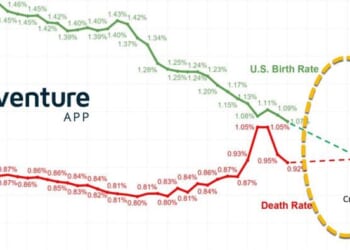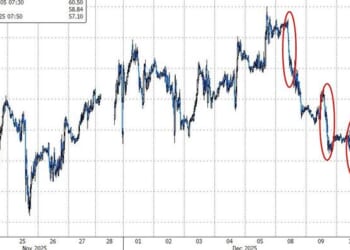Internal Meta documents reveal that the company expected to make about 10% of its 2024 revenue—roughly $16 billion—from ads promoting scams and banned goods, according to a new expose from Reuters.
The files show that Meta knew for years Facebook, Instagram, and WhatsApp were flooded with fraudulent ads for investment schemes, fake e-commerce, illegal gambling, and prohibited medical products, but repeatedly failed to stop them.
A December 2024 document estimated that users were shown 15 billion “higher-risk” scam ads every day, generating about $7 billion in annual revenue. Rather than banning questionable advertisers outright, Meta only blocks them if it’s “95% certain” they’re committing fraud. When suspicion is lower, the company instead charges them higher ad rates—a “penalty bid” system that lets Meta profit while claiming deterrence. Its ad algorithms also tend to show more scam ads to users who click on them, amplifying exposure.
The documents describe Meta’s internal balancing act: cutting down on fraudulent ads without hurting its profits. In 2024, executives proposed reducing revenue from scams and illegal goods from 10.1% to 7.3% in 2025, then to 5.8% by 2027. However, managers were instructed not to take enforcement actions that would cost more than 0.15% of total revenue—about $135 million that half-year. “Let’s be cautious,” one manager wrote, warning staff to stay within “specific revenue guardrails.”
Reuters writes that an April 2025 internal review concluded it was “easier to advertise scams on Meta platforms than Google.” Despite this, Meta leadership opted for what it called a “moderate approach,” focusing enforcement only in countries facing imminent regulatory scrutiny. The company also accepted that fines—expected to reach up to $1 billion—were likely inevitable but far smaller than the profits from scam-related ads.
Regulators have taken notice. The U.S. Securities and Exchange Commission is investigating Meta for hosting financial scam ads, while a British regulator found its platforms were linked to 54% of all payments-related scam losses in 2023—more than twice the total of all other social media combined.
Meta spokesperson Andy Stone dismissed the leaked materials as “a selective view that distorts Meta’s approach to fraud and scams.” He said the 10% estimate was “rough and overly-inclusive,” and emphasized that “we aggressively fight fraud and scams because people on our platforms don’t want this content, legitimate advertisers don’t want it and we don’t want it either.” Stone also noted that Meta had reduced scam-ad reports by 58% and removed more than 134 million pieces of fraudulent ad content in 2025.
Still, internal safety staff estimated Meta’s platforms are tied to one-third of all successful scams in the U.S. Former Meta investigator Sandeep Abraham summarized the situation bluntly: “If regulators wouldn’t tolerate banks profiting from fraud, they shouldn’t tolerate it in tech.”
Loading recommendations…

















